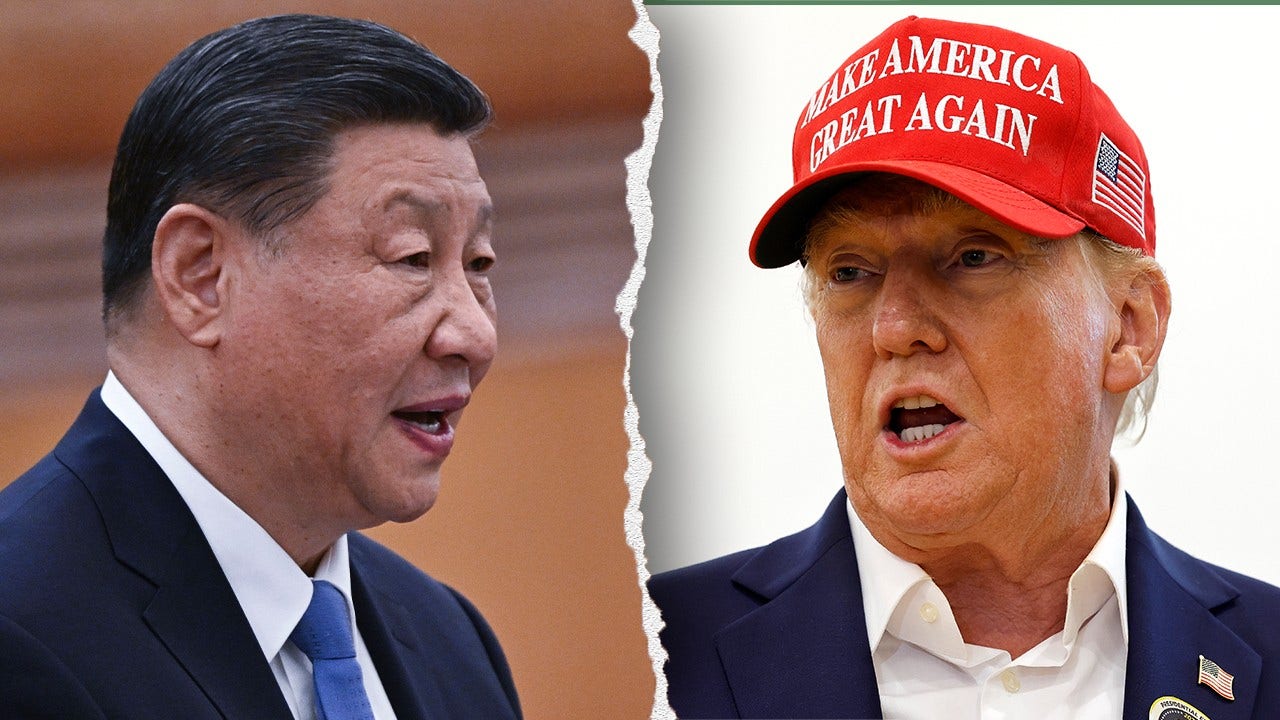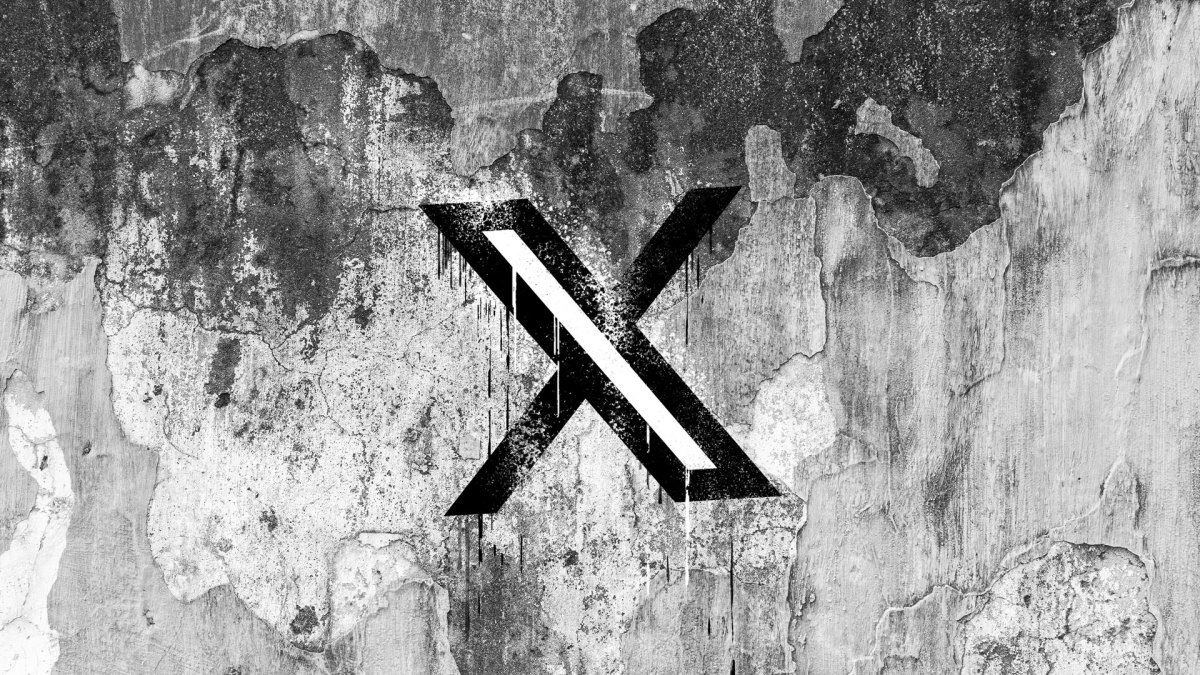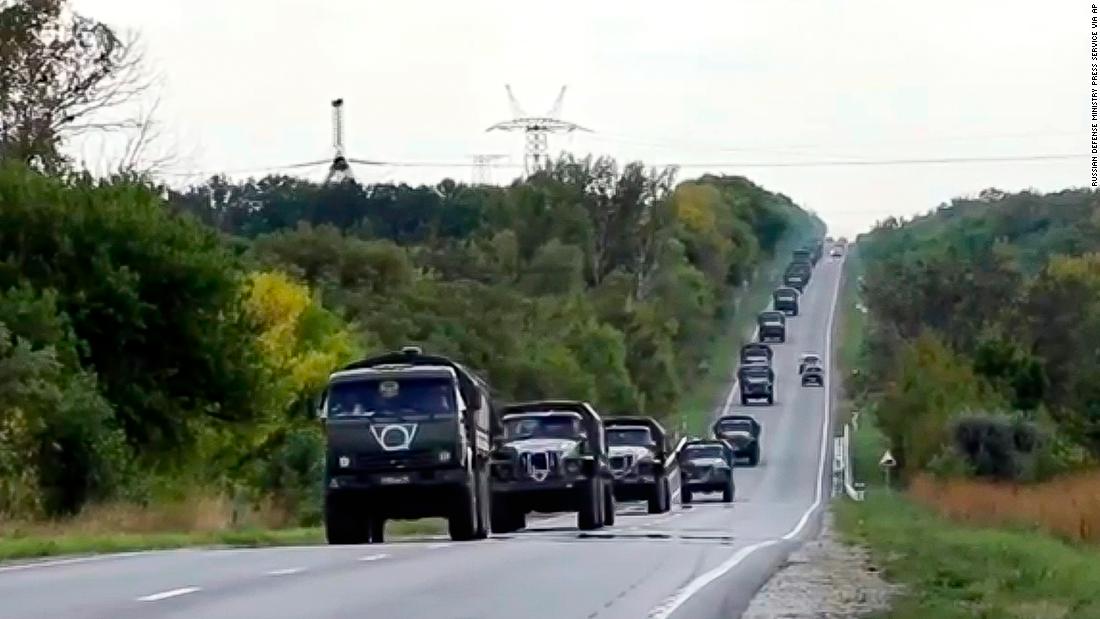
Looking for a new job? It may seem like a no-brainer to let recruiters know that by changing your LinkedIn status to “#OpenToWork”. In July alone, about 40 million people did exactly that on the networking platform.
The banner, which brandishes your profile picture with a green badge saying “#OpenToWork”, is supposed to signal to your network that you’d welcome their outreach.
But recruiters and career experts told Fortune it can have the opposite effect, making candidates look “desperate.” That could result in them being given lowball offers by employers. And, if you’re currently employed but looking to move on, you definitely shouldn’t use the banner, sources told Fortune, not least because your current boss will be able to see that you’re disaffected.
200 million professionals have ‘#OpenToWork’ turned on
LinkedIn first rolled out the “#OpenToWork” banner during the pandemic in June 2020 when millions of people faced sudden unemployment.
Although the company already had a feature that enabled users to privately show recruiters (who pay for a premium version) that they were looking for a job, this tool makes your employment status public to all.
Users still have the option of privately nudging recruiters today: LinkedIn told Fortune that 200 million professionals have turned on the “#OpenToWork” feature in the back-end of their profile. Recruiters (including those who work for your current employer) can see that you’re looking for a new job but ordinary users won’t see anything. Just 40 million people signal their availability publicly.
The company told Fortune that those who use the #OpenToWork photo frame are, on average, 40% more likely to receive InMails from recruiters.
Those people are also more likely to get support from their peers, with 85% of job seekers who post about their job search finding support from their network.
But are they actually landing jobs?
In the world of talent recruitment, this turns out to be a controversial question.
The risk of being #OpenToWork: Looking ‘overly eager’
“Putting a badge on a profile picture is an easy way to cut through the clutter and get into the recruiter’s sightline,” Victoria McLean, founder of City CV and CEO of Hanover Talent Solutions says. But, she warns, it comes at a price.
“It can look desperate, amateurish, and recruiters won’t bite,” she says. “If candidates actually want to stand out, they have to reel the recruiter in with compelling storytelling and a strong online presence.”
McLean says that a polished profile and strategically connecting with industry peers is more likely to get job seekers “genuine opportunities” than slapping a banner on their profile picture and waiting for offers to role in.
“If a candidate is showing an #OpenToWork banner on their profile and waiting, then they’ll be waiting for a really long time,” she adds.
Recruitment entrepreneur and former Dragon’s Den star James Caan also said that the badge may “give the impression that you’re overly eager for a role.” (Dragon’s Den is the U.K’s version of Shark Tank.)
As well as potentially putting off would-be employers, job seekers risk getting inundated with offers from recruiters that aren’t actually what they want.
“A more effective approach is to position yourself as a proactive networker, exploring opportunities on your own terms,” Caan says. “Ultimately, it’s about marketing yourself strategically to appeal to the right opportunities”.
Although recruiters don’t have a consensus on whether adding #OpenToWork will help or hinder your job search, most agreed that the longer you have the banner up, the worse it can look.
Career coach Kyle Elliott warned it can inadvertently make candidates look like they’re struggling to land work, “when they really want to market themselves as in-demand talent that companies are fighting over.”
It means that when they do finally get a job offer, they risk getting lowballed.
“These individuals want recruiters and hiring managers to assume that they’re talking to multiple companies, since this can lead to the most competitive offer and largest total compensation possible,” Elliott adds. “If an employer perceives that they’re your only option, they’re likely to be less ambitious with their initial offer.”
It’s why top talent—who Elliott says will be contacted by recruiters regardless of whether they’re even searching for a job—may be better off avoiding the badge unless they’re desperate.
“At the end of the day, if you’re unemployed and want to increase your potential outreach from recruiters, you can test the use of the #OpenToWork banner,” he concludes. “Importantly, though, don’t expect it to be a silver bullet to your dream job.”
‘You need to be visible otherwise no one’s going to call you’
In reality, unemployed people are often desperate for jobs. That’s why Lewis Maleh, CEO of Bentley Lewis, says it’s crucial for jobless professionals to make themselves known.
“If you’re actually out of work and looking for a job you need to be visible otherwise no one’s going to call you,” Maleh points out.
“Activating the banner significantly increases visibility to recruiters, with data suggesting that users with this feature are more likely to receive messages from recruiters and their network if they activate that feature, potentially leading to job opportunities.”
Not only can it increase your chances of landing with recruiters, but he adds that it can make unemployed professionals feel empowered and proactive at a time when much is out of their control.
Likewise, James Barrett, managing director at Michael Page Technology, agrees that using the #OpenToWork banner will flag your profile to recruiters—and therefore only “increase your chance of being seen in the first instance.”
“Rather than a deterrent, the #OpenToWork banner can be what sets a candidate apart in their job search,” he says. Job seekers shouldn’t be put off by “the supposed stigma” surrounding it, he says.
If anything, because of that stigma deterring people from declaring they’re open for work, Barrett thinks that using it “indicates to recruiters and potential employers that you’re serious about your job search.”

























































